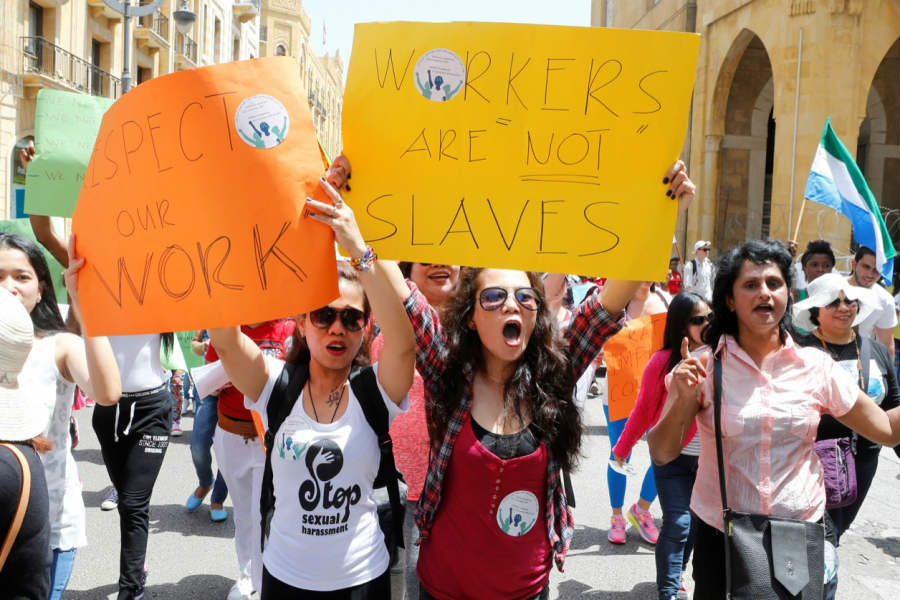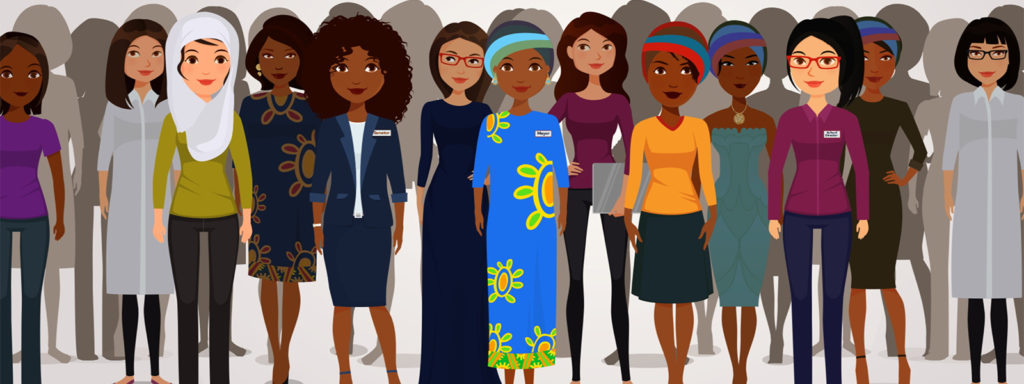In 1943, Lebanese nationalists took to the streets to demand the release of the first post-independence Lebanese president and other political figures who had been imprisoned under the French Mandate. Among the protestors were many women. They were fighting for Lebanon’s independence even though the union they belonged to, which was pushing to acknowledge women as equal citizens with the same rights as men, was not recognized.
They were an indisputable force and source of strength in the country’s history, but we seldom remember them. Their names and actions are disregarded by Lebanese history books.
But not by Hivos.
A collective history
Funded by the FLOW fund from the Dutch Ministry of Foreign Affairs, Hivos’ Women Empowered for Leadership (WE4L) Program has launched a comprehensive historical timeline of the women’s movement in Lebanon between 1906 and 2017.
“The timeline is important because we need to document our collective history,” said Mira Bouchmouny, the WE4L Lebanon program coordinator. “It is very easy for people to dismiss our work as taking place in a vacuum or as a western intervention. But this timeline demonstrates the opposite. It places our work within a history of important achievements and shows how our current successes will lead to those of tomorrow.”
Hivos’ WE4L program partnered with Lebanon Support, a non-profit civil society research center, and URIKA, a Lebanese digital agency, to develop this digital and accessible record of the Lebanese women’s movement’s leaders, contributions, and achievements. “Hivos decided to make a timeline because we felt that highlighting our history on an open access platform would provide greater context to our current work on empowering women in leadership,” Bouchmouny added.

Women, power and politics
The timeline is called “Women, Power, and Politics: Timelines and Milestones” and it maps out key female figures in society and feminist initiatives in Lebanese history. From the first woman to run for Lebanese Parliament, to the annual Labor Day marches of migrant domestic workers who are excluded from national labor laws and governed by the restrictive Kafala system. The timeline also helps researchers, activists, and everyday civilians draw parallels between past and present.
This timeline makes me very proud of Lebanese women’s past achievements, and encourages me about the road ahead.
“This year the feminist organizations took to the streets on International Women’s Day to fight for our economic rights and justice. They were in fact building on a forgotten history that is now highlighted in the timeline: the women who likewise marched in 1974 against the country’s flawed economic policies,” explained Bouchmouny. “This timeline makes me very proud of Lebanese women’s past achievements, and encourages me about the road ahead.”
Documenting women’s struggles
By documenting women’s struggles – and their legal and political achievements – over the course of a hundred years, Hivos challenges and redefines pre-conceived notions about women’s roles in the context of national history.
The timeline remembers pioneering women who would have otherwise been erased from the public psyche. For example, the likes of Labibah Hashim, credited with being one of the first to publish a women’s periodical and to call for the right of women to participate in political decision-making process as early as 1906. Others include Khola Arsalan, who played a vital role in providing medicine and treatment to those injured in the 1975 Lebanese Civil War, and Salwa Nassar, the first woman physicist in Lebanon.
Paula Yacoubian, Member of the Lebanese Parliament
Launching the timeline
The timeline was launched during a three-day exhibition at Beit Beirut, a restored Civil War landmark. Bouchmouny said the exhibit aimed to provide an easy way to share women’s history with the public through “an interactive artistic form that speaks to a wider audience and makes them curious to visit website.”
“Art has always been at the forefront of telling our history and is just as important in this exhibit,” continued Bouchmouny. “We imagine, work towards and build on what we can effectively see.”
Throughout Lebanese history, women have been largely ignored or trivialized. The timeline allows us to reread that same history from a feminist perspective, providing the necessary information that creates an authentic representation of women’s lives and how historical gender inequality has shaped our modern society and its struggles.
The article was written by Laudy Issa




